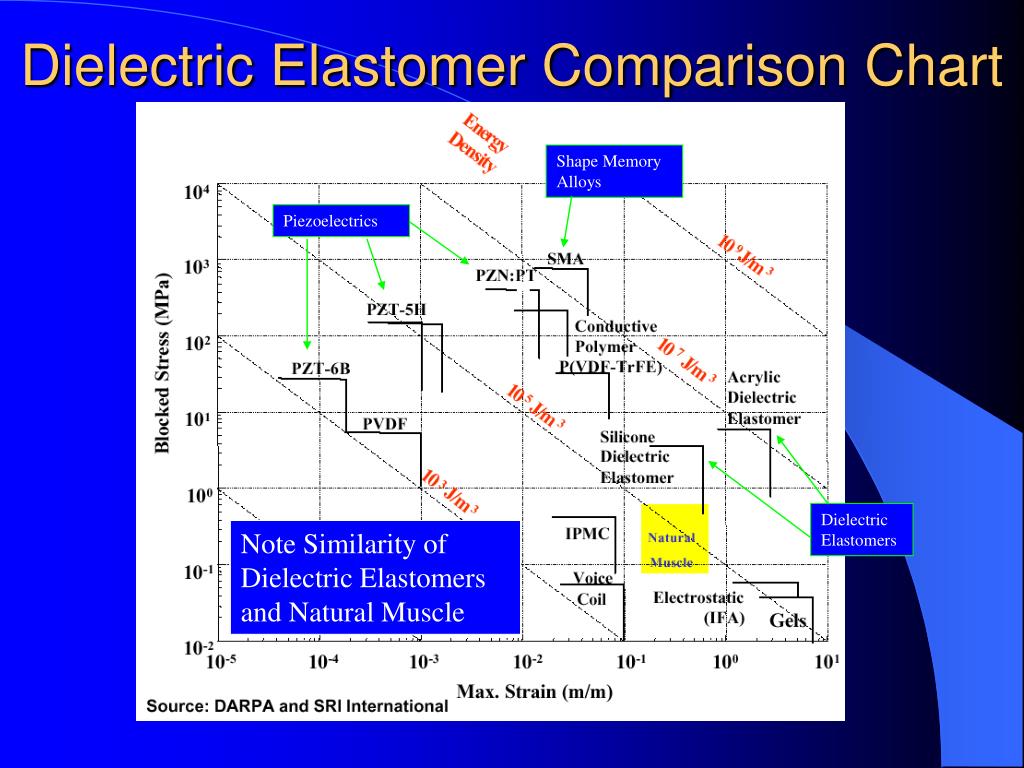DIELECTRIC ELEASTOMERS

Ron is the principal inventor of dielectric elastomers, an electromechanical transduction technology that reversibly converts electrical energy into mechanical actions and mechanical energy into electricity.
Dielectric elastomers are often called artificial muscles, whose large strains, shock tolerance, fracture toughness, and power-to-weight ratios compare favorably with natural muscle.
Dielectric Elastomer technology can produce low cost, flexible and easily formed polymers in contrast to the standard transducing materials using magnetic / piezo elements.
This technology is currently under investigation worldwide for a variety of commercial applications, including haptics and optic interfaces.
Its potential is nearly limitless… consider haptic sensing devices, microfluidics, novel energy production methods such as wave generated power and heel strike energy.
Ron has been instrumental in furthering this technology and currently holds over 70 related patents and inventions in this field.
DIELECTRIC ELASTOMERS are smart material systems that belong to the group of electroactive Polymers (EAP), materials that produce large strains. Dielectric Elastomer actuators transform electric energy into mechanical work and vice versa. They are lightweight with a high elastic energy density. Their large strain, fracture toughness, and power to weight ratios compare favorably to natural muscle.
ARTIFICIAL MUSCLES ARE STRONGER THAN THE REAL THING. Dielectric elastomer artificial muscles can reproduce several of the important characteristics of natural muscle. MIT researchers have recently developed artificial muscles using tiny nanofibers 200 times stronger than human muscle. These artificial muscles that can stretch more than 1,000 percent of their size and lift more than 650 times their weight.


Ron is the principal inventor of dielectric elastomers, an electromechanical transduction technology that reversibly converts electrical energy into mechanical actions and mechanical energy into electricity.
Dielectric elastomers are often called artificial muscles, whose large strains, shock tolerance, fracture toughness, and power-to-weight ratios compare favorably with natural muscle.
Dielectric Elastomer technology can produce low cost, flexible and easily formed polymers in contrast to the standard transducing materials using magnetic / piezo elements.
This technology is currently under investigation worldwide for a variety of commercial applications, including haptics and optic interfaces.
Its potential is nearly limitless… consider haptic sensing devices, microfluidics, novel energy production methods such as wave generated power and heel strike energy.
Ron has been instrumental in furthering this technology and currently holds over 70 related patents and inventions in this field.

DIELECTRIC ELASTOMERS are smart material systems that belong to the group of electroactive Polymers (EAP), materials that produce large strains. Dielectric Elastomer actuators transform electric energy into mechanical work and vice versa. They are lightweight with a high elastic energy density. Their large strain, fracture toughness, and power to weight ratios compare favorably to natural muscle.
Dielectric elastomer artificial muscles can reproduce several of the important characteristics of natural muscle.
ARTIFICIAL MUSCLES ARE STRONGER THAN THE REAL THING. MIT researchers have recently developed artificial muscles using tiny nanofibers 200 times stronger than human muscle. These artificial muscles that can stretch more than 1,000 percent of their size and lift more than 650 times their weight.
